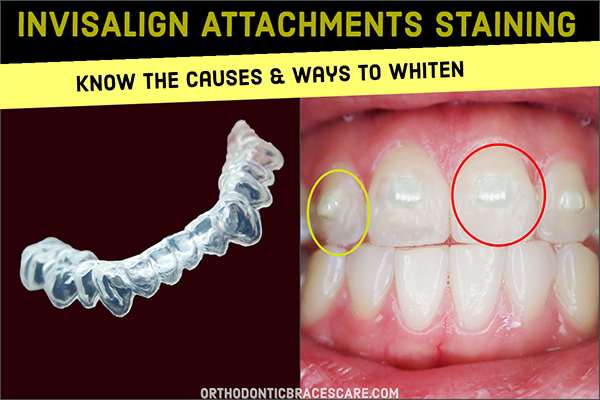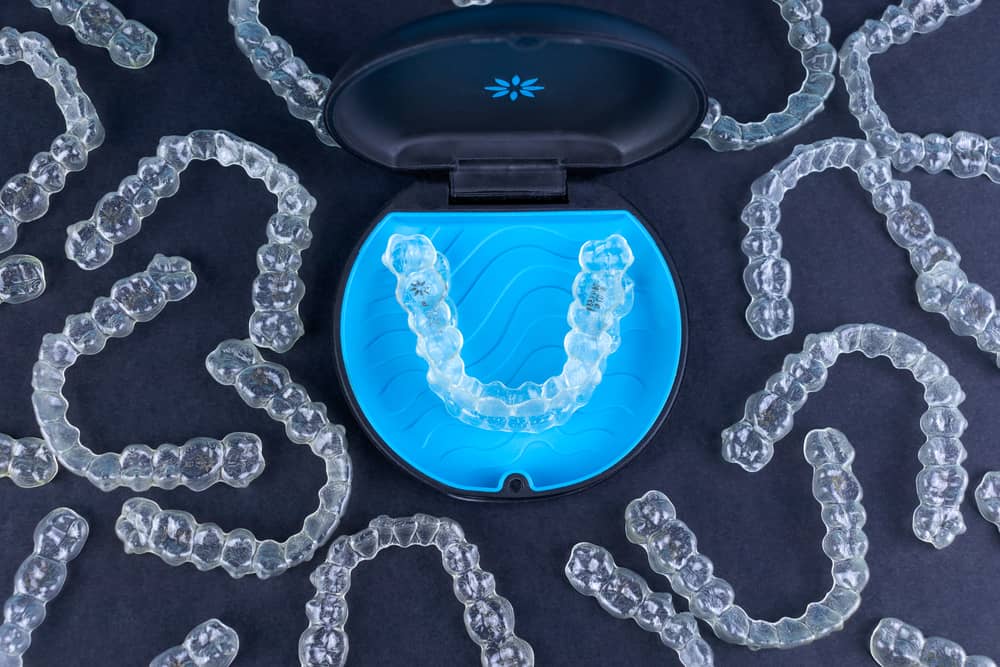Maintaining the cleanliness of your Invisalign aligners is essential for both oral health and the longevity of your orthodontic treatment. Regular cleaning removes bacteria, food particles, and other debris that can accumulate on the aligners, causing discomfort, bad breath, and even infections. After recovering from a bout of strep throat, it’s particularly important to take extra precautions to ensure your Invisalign aligners are thoroughly disinfected to prevent reinfection or other complications.

Image: orthodonticbracescare.com
Strep throat is a highly contagious bacterial infection that causes inflammation and pain in the throat. The bacteria responsible for strep throat, Streptococcus pyogenes (also known as Group A Streptococcus or GAS), can spread through direct contact with respiratory droplets or by touching contaminated surfaces. If you’ve recently had strep throat, it’s important to take precautions to prevent reinfection, including properly cleaning and disinfecting all objects that may have come into contact with your saliva, such as your Invisalign aligners.
Choosing the Right Cleaning Method
When cleaning Invisalign aligners after strep throat, it’s important to use a method that effectively kills bacteria without damaging the aligners themselves. There are several different cleaning options available, but not all methods are created equal.
- Soaking in a denture cleaner solution is a popular method, but some denture cleaners contain harsh chemicals that can damage Invisalign aligners. It’s important to choose a denture cleaner specifically formulated for use with clear aligners.
- Boiling water can also kill bacteria, but it can also warp or melt Invisalign aligners. Boiling water should never be used to clean Invisalign aligners.
- Hydrogen peroxide is a powerful disinfectant that can kill bacteria, but it can also cause discoloration or damage to Invisalign aligners if not used properly.
The safest and most effective way to clean Invisalign aligners after strep throat is to use a specially formulated Invisalign cleaning solution or a mild soap and water solution. These solutions are designed to gently remove bacteria and debris without damaging the aligners.
Step-by-Step Cleaning Instructions
- Rinse aligners with lukewarm water. This will help remove any loose food particles or debris.
- Apply a few drops of Invisalign cleaning solution or mild soap to the aligners. Use a soft-bristled toothbrush to gently brush the aligners, both inside and out.
- Rinse aligners thoroughly with lukewarm water. Make sure to remove all traces of the cleaning solution or soap.
- Soak aligners in a fresh solution of Invisalign cleaning solution or water for at least 30 minutes. This will help to kill any remaining bacteria.
- Rinse aligners thoroughly with lukewarm water. Remove all traces of the cleaning solution or water before reinserting the aligners.
It’s important to clean your Invisalign aligners at least once a day, and more often if you’ve recently had strep throat. By following these simple steps, you can help to keep your aligners clean and free of bacteria, and prevent reinfection or other complications.

Image: www.hillsdentalpennanthills.com.au
How To Clean Invisalign After Strep
Additional Tips for Preventing Reinfection
- Wash your hands thoroughly before handling your Invisalign aligners.
- Avoid touching your mouth or nose while wearing your Invisalign aligners.
- Rinse your Invisalign aligners with water after eating or drinking. This will help to remove any food particles or bacteria that may have accumulated.
- Store your Invisalign aligners in a clean, dry place. Do not store your aligners in the bathroom, as the humidity can encourage bacterial growth.
If you have any questions or concerns about cleaning your Invisalign aligners after strep throat, be sure to talk to your orthodontist or dentist.